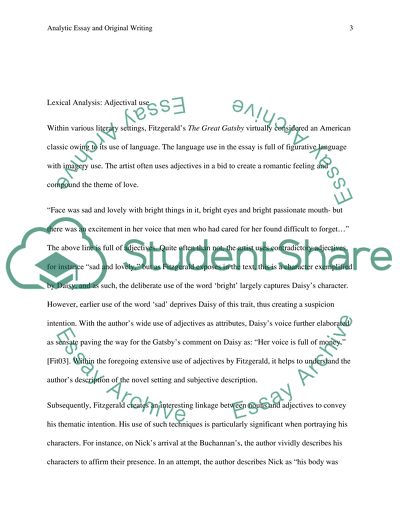Cite this document
(“What Is Stylistic Linguistic Analysis All about Research Paper”, n.d.)
What Is Stylistic Linguistic Analysis All about Research Paper. Retrieved from https://studentshare.org/literature/1451227-an-analytical-essay-and-original-writing-with-a
What Is Stylistic Linguistic Analysis All about Research Paper. Retrieved from https://studentshare.org/literature/1451227-an-analytical-essay-and-original-writing-with-a
(What Is Stylistic Linguistic Analysis All about Research Paper)
What Is Stylistic Linguistic Analysis All about Research Paper. https://studentshare.org/literature/1451227-an-analytical-essay-and-original-writing-with-a.
What Is Stylistic Linguistic Analysis All about Research Paper. https://studentshare.org/literature/1451227-an-analytical-essay-and-original-writing-with-a.
“What Is Stylistic Linguistic Analysis All about Research Paper”, n.d. https://studentshare.org/literature/1451227-an-analytical-essay-and-original-writing-with-a.


